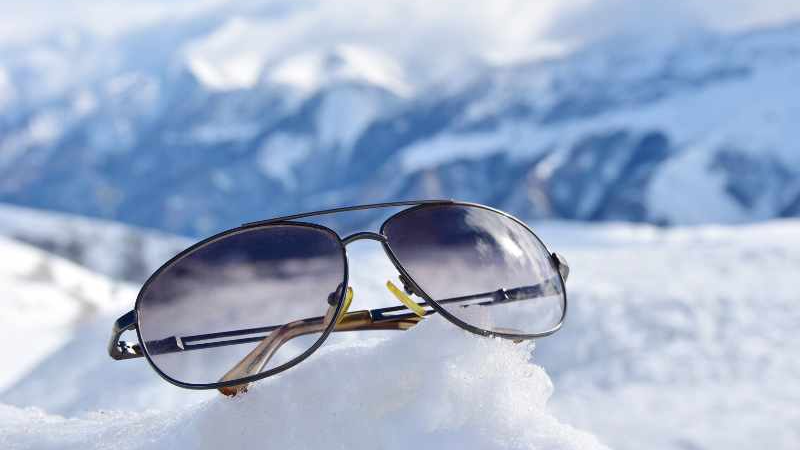
While most people think of eye protection during summer, winter months also pose significant risks to our eyes due to harmful ultraviolet (UV) rays. According to the World Health Organization (WHO), up to 20% of cataracts worldwide may be caused by extended UV exposure. The colder season, cold wind, with its reflective snow and lower sun angles, can intensify this risk, emphasizing the need for winter UV protection.
In India, where cataract-related blindness remains a leading concern, it’s critical to take proactive measures to protect our eyes from UV damage in all seasons, including winter. Let’s explore why winter UV protection is essential and how you can safeguard your eyes to contribute to long-term vision health.
Why UV Protection in Winter Matters
Even when the sun’s warmth feels distant, its UV rays are still very much present. During winter, the angle of the sun is lower in the sky, which can actually intensify the exposure to UV radiation. Moreover, snow and ice can reflect up to 80% of UV rays, increasing the amount of harmful light that reaches your eyes. This intensified exposure can lead to several eye problems, such as:
- Long-term damage: Prolonged exposure to UV rays can accelerate the development of cataracts and macular degeneration, which are leading causes of vision impairment and blindness.
- Photokeratitis: Often referred to as "snow blindness," photokeratitis is essentially a sunburn on the cornea. It can cause pain, redness, blurred vision, and temporary vision loss.
- Skin damage around the eyes: The skin around your eyes is delicate and particularly vulnerable to UV damage. Over time, this can lead to premature aging and even skin cancer.
Key Winter Eye Protection Tips
Protecting your eyes in winter is about more than just keeping them warm. Here are some essential steps to shield your eyes from harmful UV radiation:
- Wear UV-blocking sunglasses: Always opt for sunglasses that offer 100% UV protection. Even on overcast days, UV rays can penetrate through clouds, so make it a habit to wear sunglasses whenever you’re outside.
- Choose adaptive or tinted lenses: Consider sunglasses with advanced lens technologies, such as ZEISS Adaptive Sun, Tinted or PhotoFusion lenses. These lenses adjust to changing light conditions, making them ideal for winter weather where lighting can vary throughout the day. Tinted lenses in various colors can also enhance contrast and improve vision in specific environments like snowy landscapes.
- Opt for polarized lenses: Polarized lenses help reduce glare from reflective surfaces like snow and ice, making it easier to see clearly, especially while driving or skiing. They offer a much-needed visual comfort in bright winter environments.
- Use wraparound frames: Winter winds can also be harsh on the eyes. Sunglasses with wraparound frames may provide additional protection by shielding your eyes from cold winds, dust, and reflected sunlight from snow.
As medical professionals, we always advice upon the importance of year-round eye protection. Your eyes are vulnerable not only in the glaring heat of summer but also in the reflective brightness of winter. UV damage is cumulative, and the risks of cataracts, macular degeneration, and other sight-threatening conditions increase with every unprotected exposure. By simply wearing a good quality sunlens, you can take a powerful step in safeguarding your vision. Always opt for lens that offers advanced technologies designed to protect and enhance your sight. Remember, clear vision is priceless, and protecting it today ensures a brighter tomorrow.
Dr Deepak Garg is Director, Eye Solutions Hospital, New Delhi.